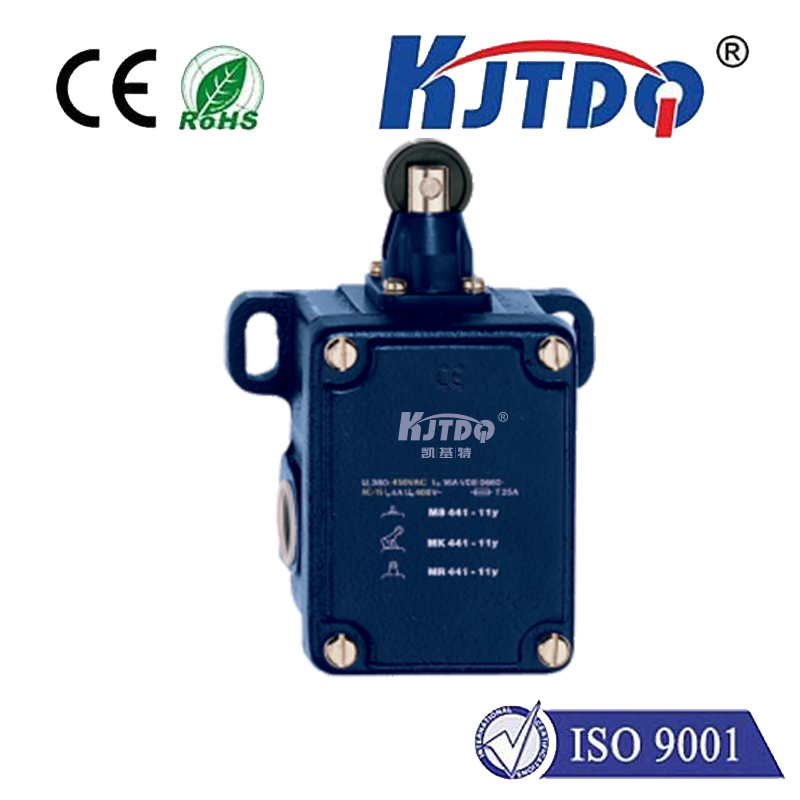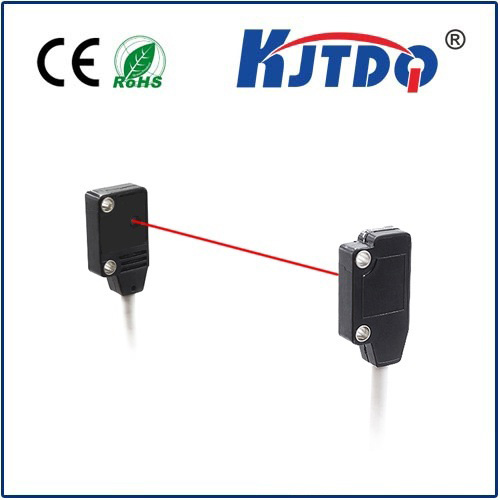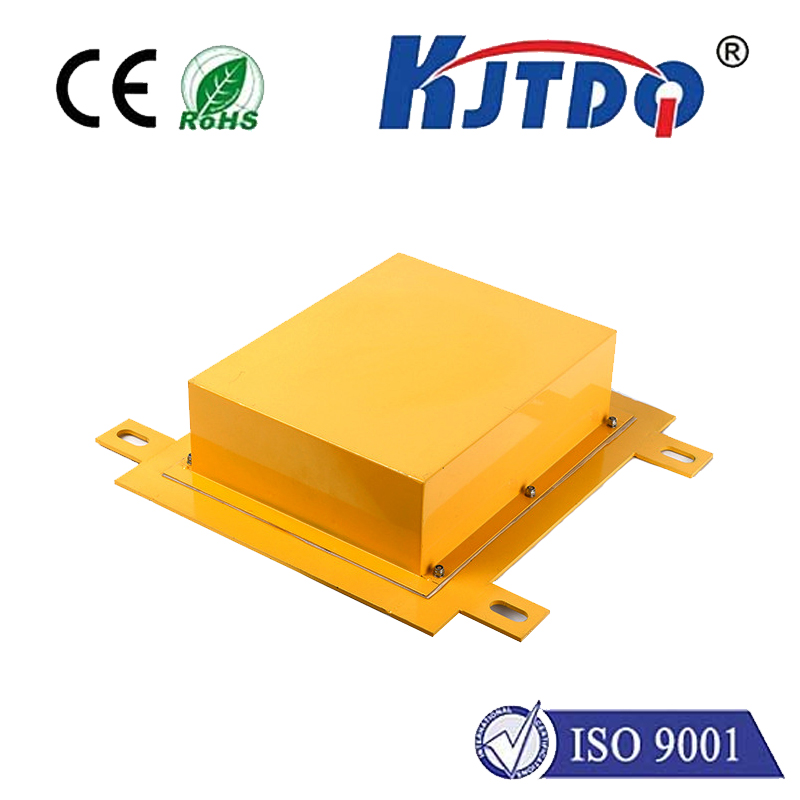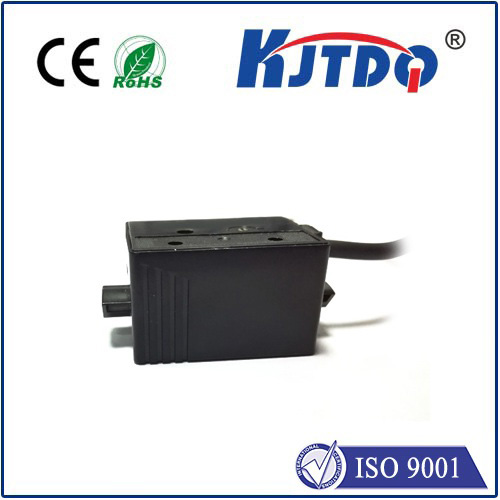

check

check

check

check
TL-LP / LY: The Ultimate Guide to Understanding and Utilizing These Network Technologies
In the ever-evolving world of networking, terms like TL-LP and LY often appear in technical discussions, yet their meanings and applications can be confusing for newcomers. This article provides a clear and concise guide to TL-LP and LY, explaining their functions, use cases, and how they contribute to modern network performance.
TL-LP stands for Transparent Link Layer Protocol, a crucial component in network communication. It operates at the link layer of the OSI model, responsible for ensuring data is correctly transmitted between devices on the same network. TL-LP is often used in dual-mode networks where devices can switch between different communication modes, such as WLAN (WiFi) and Ethernet. Its primary function is to maintain data integrity and reliability during transmission, making it essential for maintaining stable and secure connections.

LY, on the other hand, is a Layer 2 protocol used in Ethernet networks. It is commonly found in switched networks and local area networks (LANs). LY ensures that data packets are correctly formatted and transmitted within the network, allowing for efficient data transfer and reliability in high-speed environments. It is widely used in enterprise networks and data centers due to its simplicity and performance.
Both TL-LP and LY play a vital role in modern networking infrastructure. While TL-LP focuses on link-layer communication and data transmission, LY ensures that data is properly formatted and transmitted at the data link layer, enabling seamless network operation.
In practical applications, TL-LP is often used in mobile networks and cloud environments, where devices need to maintain stable connectivity across different network modes. LY, in contrast, is more commonly used in fixed networks and local data centers, where consistent and high-speed data transfer is critical.
The integration of TL-LP and LY ensures that network devices can operate efficiently in mixed-mode environments, providing a flexible and robust networking solution. Whether in a mobile hotspot or a data center, the combination of these protocols ensures reliable and secure communication.
In conclusion, TL-LP and LY are essential components of modern networking infrastructure. Their roles in ensuring data integrity and efficient communication make them indispensable in both mobile and fixed networks. Understanding and utilizing these protocols can significantly enhance network performance and reliability.









